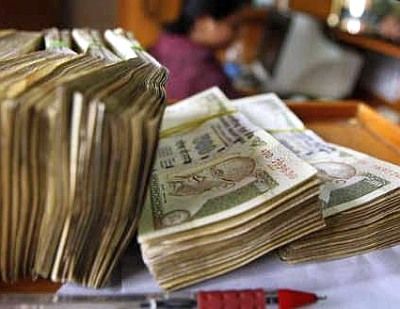
In the second quarter of 2016, the global financial scenario looks very different compared to the sombre start to the year.
The first rate hike by the US Federal Reserve, in December 2015, created financial market volatility and capital outflows from emerging market economies, and steep losses in commodities and currencies.
However, much has changed since and three triggers were mainly responsible for the current reversal.
First, the likely tacit G-20 agreement forged in Shanghai has had implications for markets.
The resultant coordinated action in March seems to have calmed waters effectively.
This was further reinforced by the Fed’s dovish commentary about slower rate hike prospects.
Second, the situation in China has also improved and stabilised.
Chinese headline forex reserves rose $10 billion to $3.2 trillion in March, the first such development since October 2015.
Some of this could be because of changes in reserve valuation.
However, it has helped in arresting yuan depreciation and the expectation of a one-off devaluation has reduced.
Third, the steep decline in commodity prices has reversed.
The broad commodity basket and crude oil prices rebounded by 20 per cent and 40 per cent, respectively, from their recent lows.
This alleviated concerns of significant capital outflows from EM economies, as West Asia is a traditional bastion of capital supply to the world through petro-dollars.
The policy-engineered buoyancy in sentiment has facilitated a rebound in capital inflows to EM economies and helped improve near-term outlook for the rupee.
Since early March, India has received portfolio flows of around $4 billion and the outlook remains favourable in the near term.
In past episodes of significant capital inflows, the Reserve Bank of India has intervened to build reserves and curb forex market volatility.
This trend should continue.
Foreign currency non-resident (bank) accounts-related swaps are adequately covered by RBI’s forward purchases and the central bank is tactically using the opportunity to mop dollars, improve forex reserves and provide rupee liquidity.
India’s forex reserves have increased to $360 billion and there is scope to increase it to $400 billion.
However, the challenges for the global economy are likely to persist.
The International Monetary Fund reduced its global growth forecast to 3.2 per cent in 2016 from 3.4 per cent earlier. Subdued demand conditions are further reflected in deflation/disinflation worldwide.
There is also a growing realisation that the unconventional policy measures of the past few years have had limited impact on global growth at best and a differentiated policy framework is warranted.
However, changing the existing accommodative policy framework for most major central banks (except the US) might destabilise the fragile financial markets.
Over the course of the year, global policy differentials will continue to play out, with the Fed resuming its rate tightening.
This is likely to result in a stronger dollar.
A cautious approach by the Fed is likely to be less disruptive for EM currencies.
The rupee is likely to trade in the range of 66-67 versus the dollar in the near term.
Over the medium term, it is likely to drift lower as policy makers seek to address overvaluation concern and support exports.
At this juncture, importers and external commercial borrowers might consider it worthwhile to hedge currency risk.
Shilpa Kumar is a senior general manager and head (global markets group), ICICI Bank











